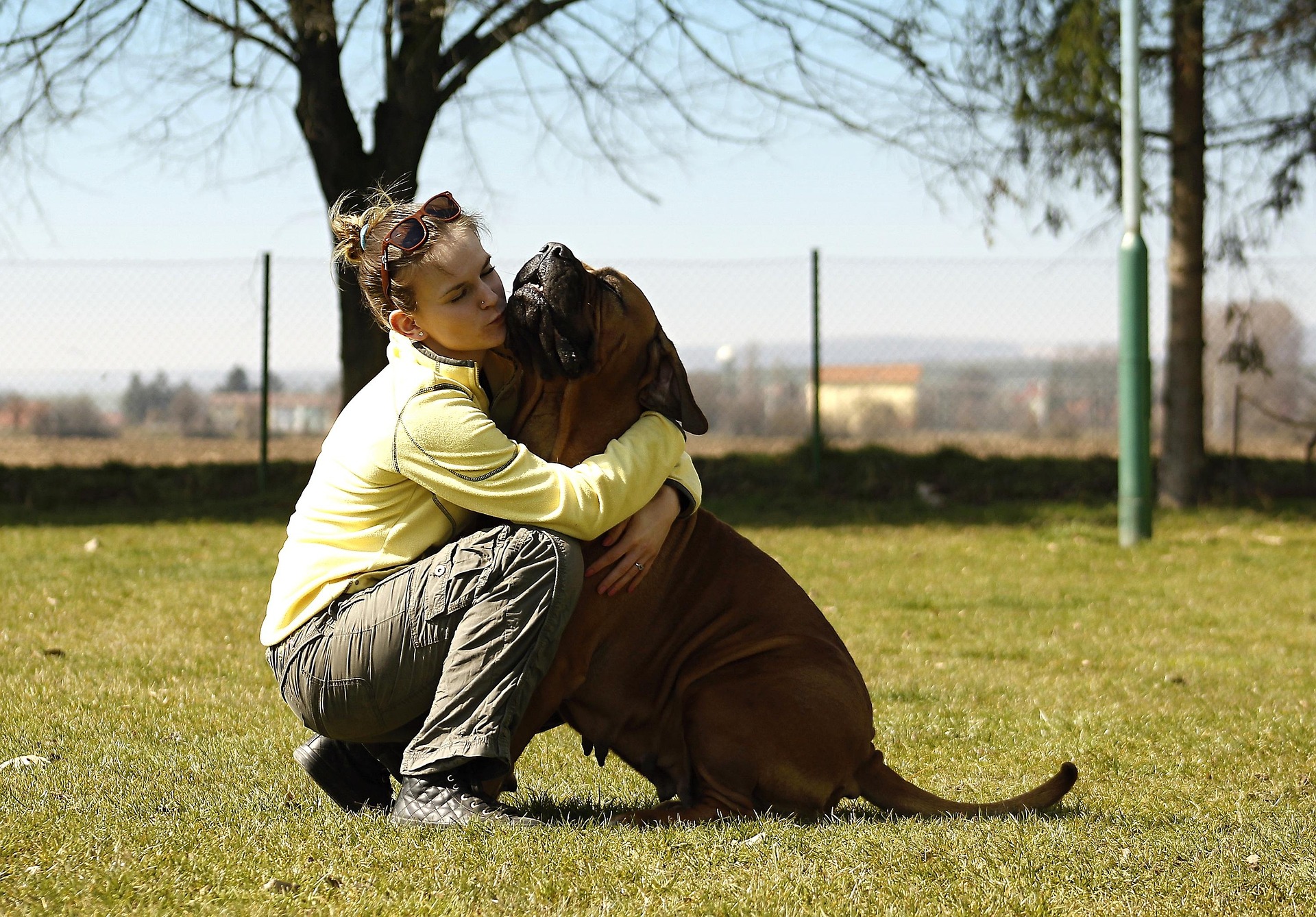As anyone who’s ever tweaked their back, had a leg cramp, or dealt with a chronic illness can tell you, pain can greatly affect our quality of life. Whether it’s acute pain caused by injuries or chronic, long-lasting pain from arthritis, even a minor irritation can grow over time, making each day that much harder to get through comfortably.
Just like humans, ongoing pain in pets can have a huge impact on quality of life. And while we’ve made great strides in pain management for people over the years, research on pain management in pets is still in the early stages. Thankfully, new advancements in just the past few decades allow us to provide comfort and relief for our loyal companion animals.
How Do Pets Experience Pain?
When a human is in pain, they’re able to express it. Whether it’s informing a doctor of chronic pain or simply saying a few choice words when we stub our toe, humans have evolved to share their pain with others. For a community-oriented species like us, this is an advantage. It lets other people know that we’re in pain, which allows others to keep themselves safe and also help you feel better.
However, evolution for cats and dogs went quite differently. In the wild, showing any signs of pain is a display of weakness—not something you want in a literal dog-eat-dog world. That’s why cats and dogs are such experts at hiding their pain: it’s a leftover instinct from their wild ancestors.
We know that our pets are safe from danger, but these instincts remain. This means it’s up to pet owners to be observant, looking for changes in behaviour and other clues that their pets are in pain or discomfort.
Left unchecked, pain in animals can have profound effects on their quality of life. It can cause mental distress, leading to animals to become temperamental, moody, or even aggressive. It can also cause them to become less active, leading to obesity, joint issues, and more concerns. Plus, it’s simply cruel to allow a pet to live in pain unnecessarily. Fortunately, there are now many options for treating pain in our pets.
How Do I Know If My Pet is in Pain?
Though no two animals will indicate their pain in the same way, there are a few common signs that all pet owners should be on the lookout for. These include:
- Changes in behaviour (e.g., exercise habits, mood, willingness to use stairs)
- Stiffness while moving
- Decreased appetite or thirst
- Unusual vocalization (noises)
- Changes in facial expression
- Changes in grooming habits
- Weight gain
- Lethargy
- Changes in sleeping posture
Remember: these signs are usually subtle, and almost always come on gradually. You probably won’t notice any of these changes overnight, so it’s key to pay close attention to your pet.
Some of these symptoms are also signs of an aging pet, so consider your pet’s life stage when trying to figure out if they’re in pain. Arthritis is the most common cause for pain in pets, and it’s common for it to go untreated. If your pet is older or very obese, there’s a good chance that chronic joint pain is the culprit for these changes in behaviour.
How is Pain Treated in Pets?
In the past few decades, advancements in veterinary care mean that pain management is a routine treatment for pets.
Currently, many options exist for treating pain in furry critters, with more options being explored all the time. For example, pets can tolerate and benefit from some of the same drugs humans are given. However, it’s important to note that they may not experience side effects in the same way we do. For instance, cats are much more susceptible to the adverse effects of non-steroidal anti-inflammatories than humans and dogs would be.
When a veterinarian believes a pet is in pain, they’ll most commonly use a multi-modal approach to control it. This means using several methods to help reduce pain, which might include:
- Pharmaceuticals
- Changes to nutrition and diet
- Compresses
- Laser therapy
- Treatment for the underlying cause of the pain, if possible
Of course, it’s usually not possible to identify the source of a pet’s pain on your own. It takes years of veterinary education, hands-on training, and lived experience to diagnose pets accurately. This is even more important when it comes to deciding on the treatment method(s) that will be used to help your pet be more comfortable.
When your pet is on a pain management program created by your vet, it’s important to do your part to help your furry friend feel better.
- Follow the vet’s instructions carefully, ensuring you provide food, water, and other care as needed.
- Keep a close eye on your pet, looking for any change (whether good or bad).
- Lastly, be sure to keep your follow-up appointments with your vet, even if it seems like your pet is doing better.
Your vet will have a plan to make sure treatment is a success, so that the problem doesn’t return later on.
Creative Commons Attribution: Permission is granted to repost this article in its entirety with credit to Hastings Veterinary Hospital and a clickable link back to this page.






